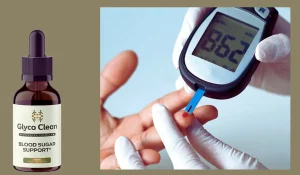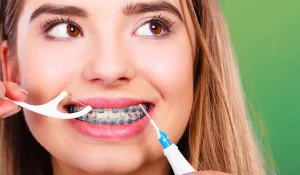Even though most consider them shameful, stretch marks are a normal part of both men’s and women’s lives. The majority of people have stretch marks somewhere on their bodies. They commonly appear on the stomach, thighs, buttocks, breasts, and back of the body.
Stretch marks, sometimes called striae, usually show up as discolored, parallel lines that vary in thickness and length on the skin. Often, they appear as irregular streaks of red, brown, or purple that gradually lighten to a pale color.
Although stretch marks are normal, some people, especially those on a weight loss journey, are more prone to them. In this article, let us dive deeper into the causes, tips, and treatments available for stretch marks.
Are Stretch Marks Common During Weight Loss?

Stretch marks are a common phenomenon, affecting 90% of the population. Most people have stretch marks because of rapid changes in bodily growth or severe weight gain. Stretch marks can often be a consequence of obesity, puberty, and pregnancy. Stretch marks are visible lines that appear on skin that have stretched due to weight gain, but they can also occur during weight loss.
The stretch marks may appear more severe in some people after weight loss. The initial stretch of the skin occurs during rapid weight gain and can increase with the stretch that happens during weight loss. It’s possible that stretch marks might not always worsen with weight loss. The development, appearance, and changes in the stretch marks depend on individual circumstances. Stretch marks can sometimes become less obvious during weight loss.
How To Minimize Stretch Marks During Weight Loss?
👉 Avoid rapid weight loss
People who tend to lose weight gradually are less likely to be affected by stretch marks during weight loss. Keeping the process steady and slow allows the skin to take time to adjust to the changes in the underlying tissues.
👉 Use moisturizer and massage
Some research that appeared in the 2012 review by NCBI indicates that vitamin-rich moisturizers help prevent stretch marks. It’s unclear which is more beneficial—massaging or moisturizing.
👉 Include skin-friendly foods
Including foods that support the elasticity of the skin helps to withstand the stretch marks during weight loss. The American Pregnancy Association advises consuming a lot of water and emphasizing meals that include:
- Vitamin C
- Vitamin E
- Zinc
- Vitamin B2 and B3
- Silica
👉 Consult a dermatologist
Consulting a dermatologist throughout the weight loss journey will help to maintain skin health. They can recommend drugs, such as topical creams, that might help.
Treatment For Stretch Marks
While a lot of solutions on the market claim to reduce the appearance of stretch marks, clinical research has revealed that only a few therapies work for everyone. Some of the topical therapies include:
- Tretinoin cream
- Silicone gels
- Chemical peels
- Vitamin-rich moisturizers
While choosing topical methods, it is important to check the reviews of the products, as there is no guaranteed method to get rid of stretch marks.
Stretch marks can lighten with time, but they seldom disappear entirely. However, certain patients may benefit from particular stretch mark removal techniques used by plastic surgeons or dermatologists. For some people, the following treatments may help lessen the appearance of stretch marks:
- Laser treatment
- Microneedling
- Microdermabrasion
- Cosmetic or plastic surgery
- radiofrequency therapy
- Galvanopuncture
- Ultrasound therapy
- Pulsed magnetic fields
Do Stretch Marks Go Away When You Lose Weight?
Stretch marks may eventually become less noticeable once the inflammatory reaction has subsided and has healed completely. But the chances of a complete recovery from the stretch marks from rapidly gaining weight are very low, even after losing weight.
One can frequently enhance the appearance of stretch marks with therapy, depending on the location, size, number, and visibility of the marks. Healthy skin can be attained by drinking plenty of water, maintaining a nutritionally balanced diet, and engaging in frequent exercise. Furthermore, seeking advice from a healthcare practitioner when attempting to gain or lose weight might help to reach the weight loss goal safely and steadily, thus reducing your risk of developing stretch marks. Currently, no therapy or treatment can completely cure the stretch marks.
Conclusion
The striae, or stretch marks, are linked to weight gain and loss. Stretch marks are caused by the pressure of extra skin that tears the dermis, or main layer, of the skin when someone loses weight quickly or significantly.
Stretch marks during weight loss can be avoided by maintaining a gradual weight loss. However, the likelihood of this skin condition is also increased by hormones, genetics, and other factors. Although stretch marks typically don’t go away, they might look better with topical treatments and dermatological procedures.







